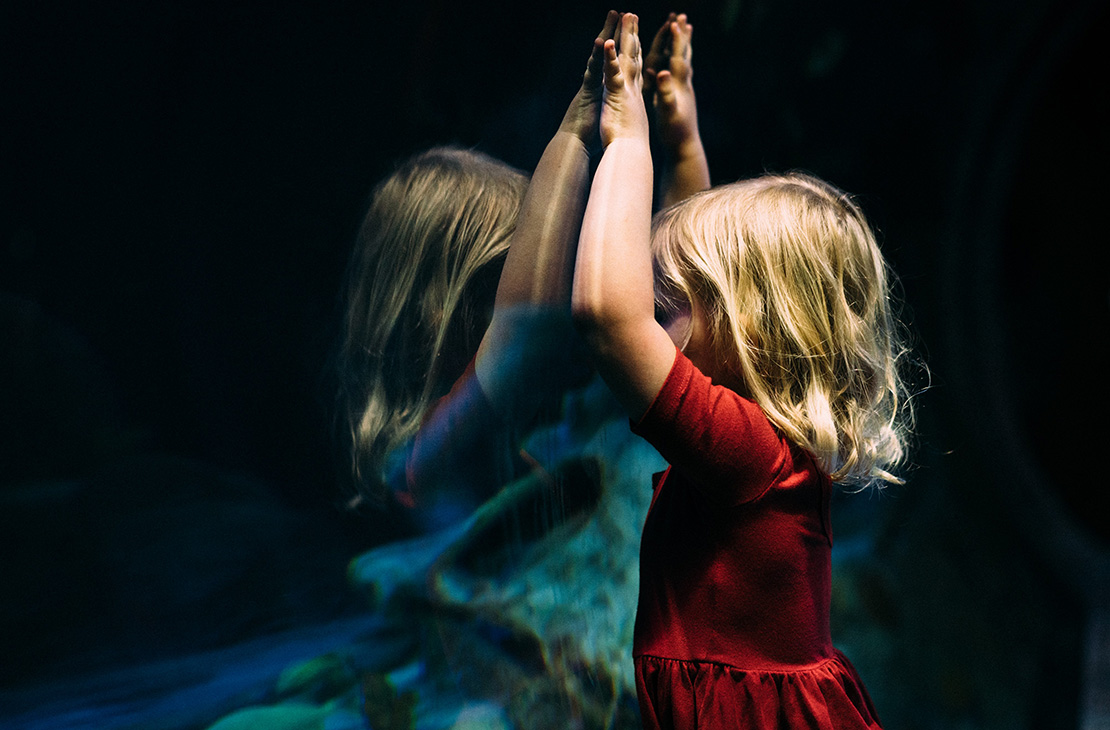A three-pronged approach to inspiring a love of the performing arts
By Linda Fischetti
There is a lot of research to support the value of participation in the arts from a very young age. We know about the benefits of music on the developing brain, for example. But there is more.
Creating art provides an opportunity for experimenting, for making new connections, and for making choices in uncharted territory without worrying about finding THE “right answer”! A butterfly can move this way or that, and a tree can be purple or yellow — all based on your unique feelings about the situation and what you want to say. There are not many scenarios in life that encourage this kind of creativity.
Willingness to experiment, to make unique connections, and to think outside the box are valued life skills for innovators in all fields, not just the arts. And being able and willing to communicate your feelings, thoughts, and experiences through expressive choices is valuable in every field that requires the ability to communicate.
When we support artistic and creative experiences in our children, we are not only supporting the artists and art patrons of the next generation, without whom our lives would be sadly empty, but also the future’s writers, teachers, scientists, problem solvers, motivators, parents, and more.
At the Museum we recognize the importance of the performing arts for everyone, of all ages. As the performing arts presenter, I have developed a three-pronged approach to introducing and involving our young guests in that amazing world.

#1: Seeing professional artists at the height of their creativity
I love to bring experienced professional artists into the theatre spaces. The presence of a skilled adult who is deeply focusing on an activity can be very compelling. Their concentration and commitment communicate, “This is important! This matters! This is valuable!” and children respond to these powerful unspoken messages.
And when those adults are producing something really intriguing that sparks the imagination, a deeper interest may be born.

#2: Seeing young performers
It is also important that a child knows that they don’t need to be older and experienced to express themselves through creative uses of their body and voice. Seeing other children perform serves as an invitation, sending a message that, “This world is your world too! Try it!”

#3: Actually participating
And third, children need opportunities to actually participate. Perhaps they come onstage to join in the interactive part of a performance, or seek out the Museum’s Discovery Dance Zone. It is my hope that experiencing the joy of expressing themselves with their body and voice encourages them to seek future opportunities to engage their inner creativity, to experiment, and to make unique choices!

The three prongs at home
You can support the three prongs at home.
Take your child to appropriate performances. As they experience the commitment and passion of the performers, and smile and laugh at their surprising artistic choices, their own creative thinking is encouraged.
Support your child’s interest in taking a class whenever possible, and offer your younger child opportunities to engage in music, dance, and storytelling/theatre at home.
For example, reading with your child provides a platform for you to act out characters using different voices, and you can add movements and simple props or elements of costume. When a book is familiar, your child can act out the character with your narration. Perhaps you can make simple set pieces together, or act the story out using dolls or stuffed toys. Eventually you can send the characters on new adventures by changing something in the story and asking your child, “What happens next?”
Dancing and singing together, engaging in pretend play, creating a story and performing it while supporting your child’s choices, and taking your child to appropriate performances, are all ways to include the performing arts, and their many benefits, in your child’s life. And in addition to the fun you both have, you can share the moments when their universe expands!
See you at the Museum!
Linda Fischetti is the museum’s education and programs manager.

